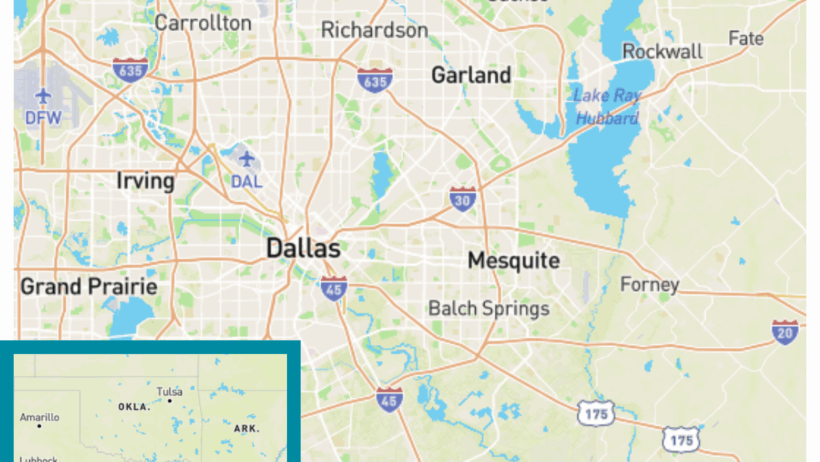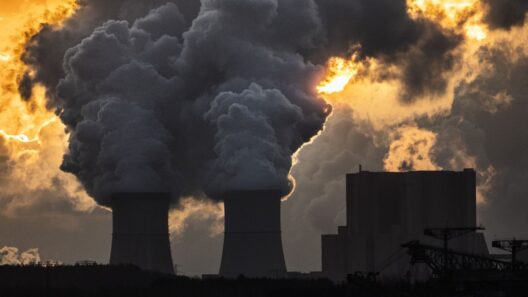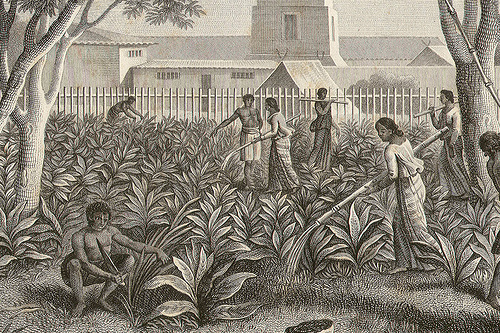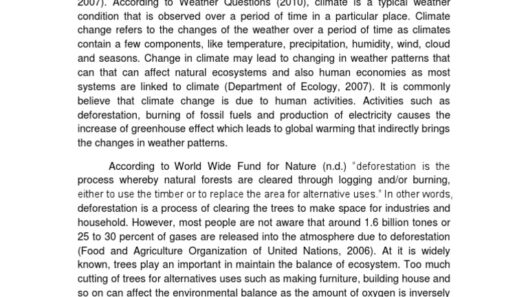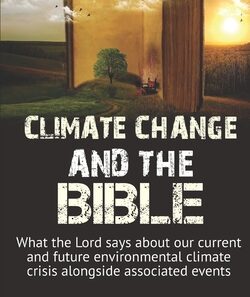Climate zones significantly influence not only the natural environment but also human activities, lifestyle choices, and infrastructure planning. Have you ever pondered what climate zone defines Dallas, Texas? As we delve into this question, we will explore the characteristics of Dallas’s climate, the implications of heatwaves and humidity, and consider how these factors affect life in this vibrant city.
Dallas is situated in a region classified as having a humid subtropical climate (Köppen climate classification Cfa). This classification means the area experiences hot, oppressive summers and mild winters. The proximity to the Gulf of Mexico contributes to its moisture-laden air, amplifying both heat and humidity levels. Each summer, residents brace themselves for a barrage of hot days that can stretch into months, prompting concerns over heat-related health risks and environmental changes.
Speaking of heat, it’s worth considering: how high can temperatures soar in Dallas during peak summer months? Typically, average high temperatures in July and August hover around 95 degrees Fahrenheit (35 degrees Celsius), but it’s not uncommon for the mercury to spike above 100°F (37.8°C). With such extreme temperatures, the city witnesses an increase in energy consumption as residents turn to air conditioning to combat the sweltering heat.
Along with the relentless heat, humidity plays a pivotal role in shaping everyday experiences in Dallas. In the summer, the humidity can reach uncomfortable levels, often exceeding 70%. This combination of heat and humidity can significantly impact human health, exacerbating conditions such as heat exhaustion and heat stroke. Moreover, high humidity can lead to an increase in the population of pests, including mosquitoes that thrive in such damp conditions.
The climatic conditions in Dallas not only present challenges to individual health but also pose concerns for the environment. Increased heat and humidity contribute to urban heat island effects, where urban areas become significantly warmer than their rural surroundings due to human activities. This phenomenon can intensify heatwaves, leading to acute challenges for urban infrastructure, air quality, and overall livability.
Heatwaves can have dire consequences. Extreme heat events have been linked to increased mortality rates, particularly among vulnerable populations, including the elderly and individuals with pre-existing health conditions. Moreover, the strain placed on power grids during these scorching days raises alarms about energy sustainability. As demands for electricity skyrocket, energy providers may resort to utilizing less environmentally friendly energy sources, further exacerbating climate change.
To address the escalating challenges of heat and humidity in Dallas, city planners and public health officials must collaborate to devise effective mitigation strategies. Green infrastructure initiatives, such as the introduction of green roofs and urban parks, can help reduce heat absorption and improve urban cooling. Additionally, expanding tree canopies can enhance shade, effectively lowering temperatures and providing essential habitats for wildlife.
At the individual level, awareness of the risks associated with high heat and humidity is crucial. Residents should take proactive steps to safeguard their health during periods of extreme weather. Staying hydrated, seeking shade, and reducing outdoor activities during peak heat hours can serve as preventive measures. A playful reminder might be: ‘Is it too hot to trot?’ If temperatures are soaring and the humidity feels thick enough to swim through, it might indeed be wise to stay indoors!
Climate-related challenges extend beyond immediate health effects; they also influence long-term patterns of migration and economic stability. An increase in heatwaves could drive individuals to seek cooler climates, thus changing demographics in urban areas like Dallas. Economic sectors reliant on outdoor labor, such as agriculture and construction, may face hurdles due to weather-related disruptions. With climate variability, businesses must adapt to shifting operational conditions to ensure resilience.
As we contemplate the implications of Dallas’s climate, we must also focus on educating future generations about environmental stewardship. Schools and community organizations can play a pivotal role in instilling an appreciation for local ecosystems and cultivating responsible habits. Engaging youth in sustainability initiatives, such as urban gardening projects or climate awareness campaigns, empowers them to take an active role in safeguarding their environment.
Moreover, fostering conversations about climate change at the community level can galvanize collective action and inspire individuals to advocate for responsible policies aimed at reducing greenhouse gas emissions. Advocating for energy-efficient practices, supporting public transport, and promoting renewable energy sources are essential steps toward combating heat and humidity challenges attributed to climate change.
In summary, understanding Dallas’s climate in relation to heatwaves and humidity reveals a complex interplay between human health, environmental sustainability, and community resilience. As climate conditions become increasingly unpredictable, addressing these challenges is not merely an option—it is imperative for the future well-being of both the city and its inhabitants. So the next time you step outside and are greeted by the stifling air, take a moment to contemplate how you can contribute to the narrative of adaptation and sustainability in the climate landscape of Dallas, Texas.



